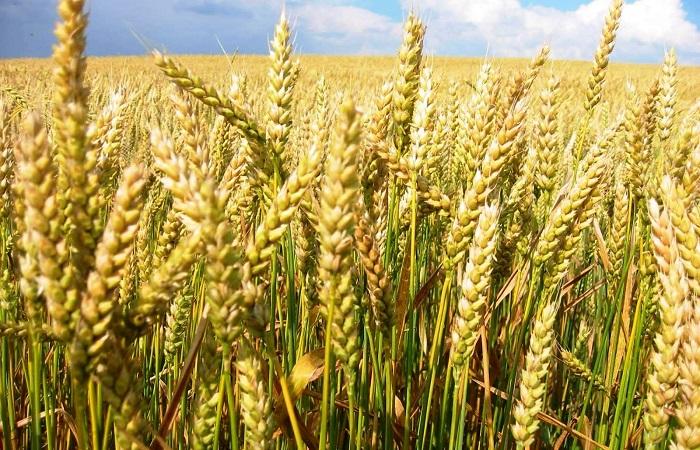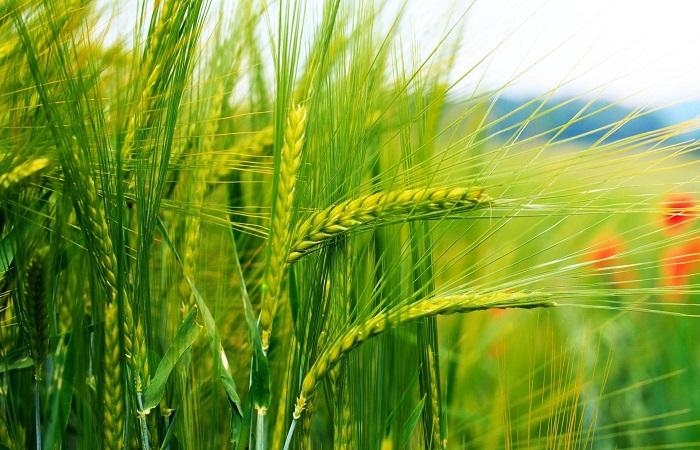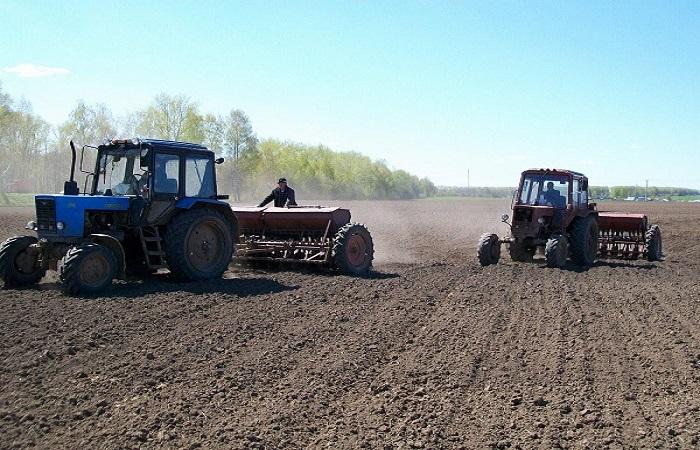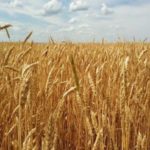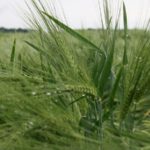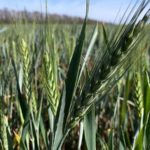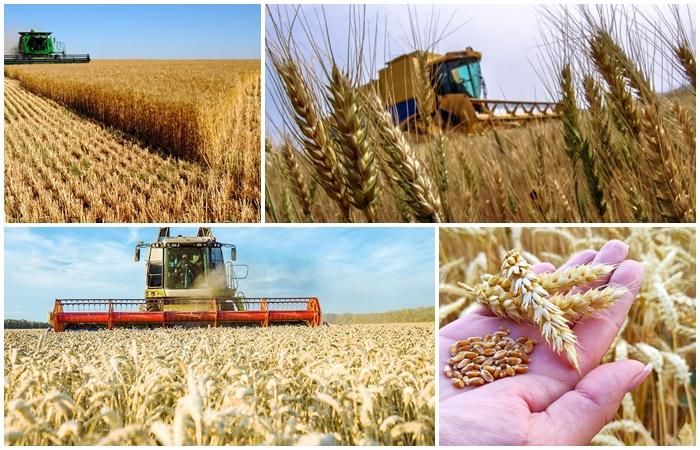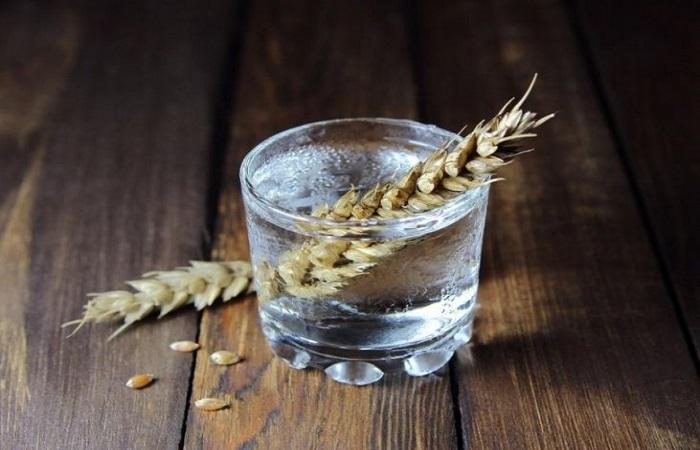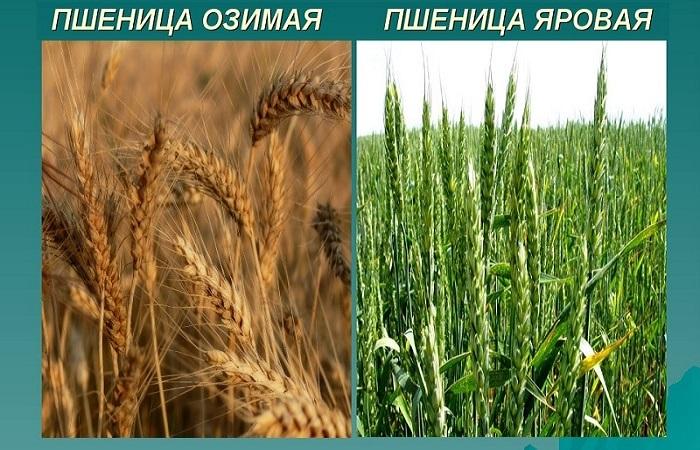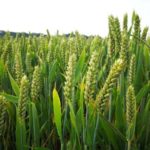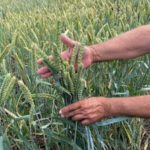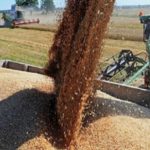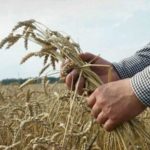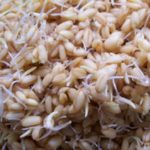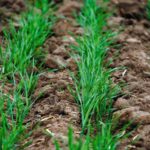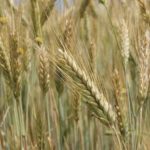Wheat is considered the most common type of cereal crop in the world. It is used to make flour, which is actively used for the production of bakery products. There are quite a few types and varieties of this crop. Thus, winter and spring wheat have differences, which include appearance, planting time, care features, and yield parameters.
What is winter wheat
Winter wheat is an annual herbaceous crop that belongs to the Poa family. It is planted at the end of summer, the first half or mid-autumn. The exact timing depends on the climate of the region. At the same time, the harvest ripens in the summer.
Description of spring wheat
Spring wheat refers to a herbaceous crop that belongs to the Poa family. This valuable plant is grown in almost all countries of the world. Spring wheat is planted in the spring - from March to May. During the summer, it goes through a full development cycle. Harvesting can be done in the fall.
What is the difference?
Spring and winter wheat have many differences. They consist in the requirements for the composition of the soil and the duration of the growing season. In addition, these varieties differ in planting time and yield parameters. This enables farmers to select the most suitable varieties.
Vegetative
The main difference between spring and winter wheat is the growing season. The cycle of spring wheat, on average, takes 100 days - this is the period of time that passes from planting to harvest. This period may vary slightly depending on the climate and range from 80-125 days. During this period, the moisture content of the grains drops to approximately 13%. This parameter indicates the plant’s readiness for harvest.
For winter wheat, the full growing season takes 240-350 days. Moreover, it is divided into 2 active periods:
- autumn – takes approximately 50 days;
- spring-summer – lasts from 75 days.
The remaining time between active stages, winter wheat remains dormant, and this must be taken into account when growing the crop.
Sowing dates
Spring wheat needs to be planted in the spring - immediately after the snow melts and the soil warms up slightly.It is important to carry out planting work in a short time, while water from melting snow remains in the ground. Winter varieties are recommended to be planted in late summer or early autumn. Specific dates should be selected taking into account the climatic characteristics of the region.
Soil requirements
When growing cereal crops, it is worth considering that their demands on the composition of the soil are also different. For spring wheat, the optimal moisture parameters are 65-75% - it all depends on the specific variety. It is important to understand that hard varieties need more moisture compared to soft ones.
In addition, spring varieties require slightly alkaline or neutral soil. They cannot tolerate acidic soil. The absence of weeds in the ground has a beneficial effect on the size of the crop. Another feature is the need for foliar feeding. This is especially important during periods of drought and temperature fluctuations.
The type of soil affects the planting depth. On heavy clay soils, it is recommended to deepen the seeds by 4 centimeters. In sandy soil prone to drought, the depth should be about 7 centimeters.
It is important to apply fertilizer during tillering. If this is not done, there is a high probability of a decrease in yield.A long growing season provokes an increase in the need of winter wheat for nitrogen, potassium and phosphorus.
Weather requirement
Soft varieties of spring wheat can withstand low temperatures normally. Germination of seed material occurs already at +1 degree. The period between planting and the appearance of sprouts is determined by the soil temperature.
If it warms up to +5 degrees, this period is 20-21 days, at a temperature of +8 degrees - 10 days. If the soil warms up to +15 degrees, seedlings appear within 1 week. Active growth of the culture begins at a temperature of +13 degrees.
Spring varieties can withstand short frosts. During the period of grain germination, they tolerate a decrease in temperature to -12 degrees, during tillering - to -10. However, at the stage of flowering and grain filling, negative parameters are unacceptable. The same applies to sudden changes in weather.
Winter varieties are not so sensitive to climate. Seed material germinates already at +1-2 degrees. However, this happens quite slowly. For comfortable development, the culture requires +12-15 degrees. If the temperature is +14-16 degrees, sprouts will appear after 8-9 days, provided the soil is sufficiently moist.
In early spring, winter wheat is sensitive to low temperatures and sudden fluctuations. If the parameters are -5 degrees during the day and +10 at night, not very favorable conditions are created for the development of this plant.
The lack of snow cover in winter can be detrimental to the crop. At the same time, a layer of snow measuring 20-25 centimeters can save winter crops even in frosts down to -30 degrees.
Purpose
Spring wheat can be soft or hard.The first variety is used to make flour for baking bread, confectionery and bakery products. Durum varieties contain a lot of protein. They are used to make cereals and pasta. Bran from spring wheat is a highly concentrated feed for various types of farm animals. Hay and chaff are also used as feed.
Productivity
Winter wheat has higher yields. Specific parameters depend on compliance with planting deadlines and timely application of fertilizers. Parasites, diseases, and violation of agrotechnical recommendations lead to a decrease in productivity.
The average yield of spring varieties is 1300-1500 kilograms per hectare. However, the use of intensive farming technologies makes it possible to increase parameters by 2-3 times.
Growing regions
To grow healthy and high-quality crops, it is important to choose the right region depending on the variety. Winter varieties are recommended to be planted in places with thick snow cover. The air temperature should be at least -20 degrees. Therefore, winter wheat is usually grown in the Volga region, the North Caucasus, and the Central Black Earth region.
Spring varieties require a lot of moisture, sun and heat.Therefore, they are mainly planted in forest-steppe zones in the western and eastern parts of the Volga.
Taste qualities
Spring wheat is considered a very valuable crop. Its grains contain 25% protein and 30% gluten. Therefore, spring varieties are considered more tasty and of higher quality than winter varieties.
How to distinguish them?
To distinguish spring wheat from winter wheat, it is recommended to focus on the appearance of the bushes and grains.
By grain
Spring wheat has smaller grains compared to winter wheat. Moreover, they differ to a greater extent between hard and soft varieties. Soft – have a more mealy texture and are easy to chew. Durum varieties have elongated grains. They have a very hard consistency.
By appearance
In appearance, the plants differ little from each other. Spring varieties have a tighter ear. Moreover, its shade is determined by the variety and can be beige, gray, golden and light burgundy. Winter varieties are characterized by awns on the ears.
Which one is better to choose?
You should choose a wheat variety taking into account your goals and objectives. Spring wheat has high-quality grains and excellent baking properties. This includes soft or hard varieties. They are less susceptible to diseases and pests.
Spring and winter wheat varieties have certain similarities and differences. This allows you to choose the optimal variety based on your needs and preferences.

